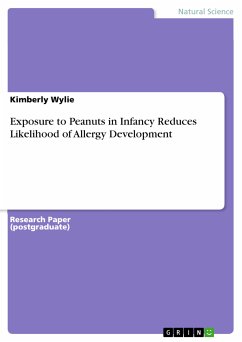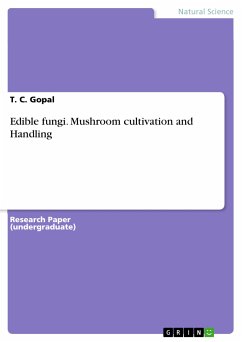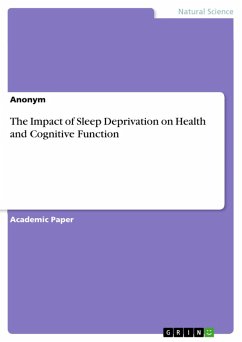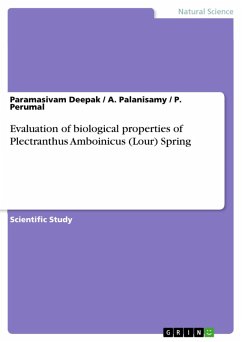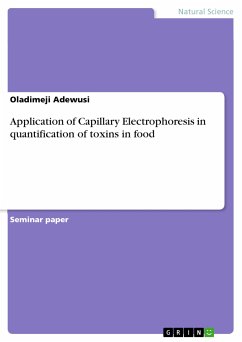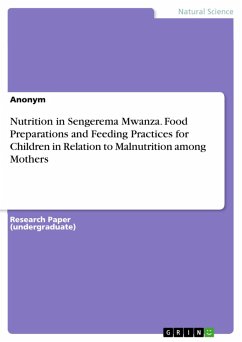Project Report from the year 2020 in the subject Biology - Diseases, Health, Nutrition, , course: Department of Nutrition and Dietetics, language: English, abstract: Tamarind drink is a local non-alcoholic beverage, mostly processed and sold in Ghana by people of the Dagomba ethnic descend. The drink is a sweet-sour beverage made from the pulp of the indigenous African tamarind tree (Tamarindus indica). It has since ancient times been used for the treatment of inflammations, fevers, and alcohol intoxication. The juice from tamarind is rich in vitamin B3, potassium and is known to have cathartic, astringent, refrigerant, and antiseptic effects. This study seeks to assess the microbial quality of Tamarind drink sold within the Tamale metropolis. The study will be empirical, involving a total of 30 tamarind drink samples purchased from ten different vendors all over the Tamale metropolis. Using a range of general and specific microbiological media including nutrient agar, MacConkey agar, Potato Dextrose Agar, enumeration of the microbes will be carried out. Colonies will be tested for Gram reaction, and the biochemical assay will be used to confirm morphological characteristics of the colonies following microscopic examination at x400 and x1000 magnifications. Questionnaires will be administered.
Dieser Download kann aus rechtlichen Gründen nur mit Rechnungsadresse in A, B, BG, CY, CZ, D, DK, EW, E, FIN, F, GR, HR, H, IRL, I, LT, L, LR, M, NL, PL, P, R, S, SLO, SK ausgeliefert werden.




